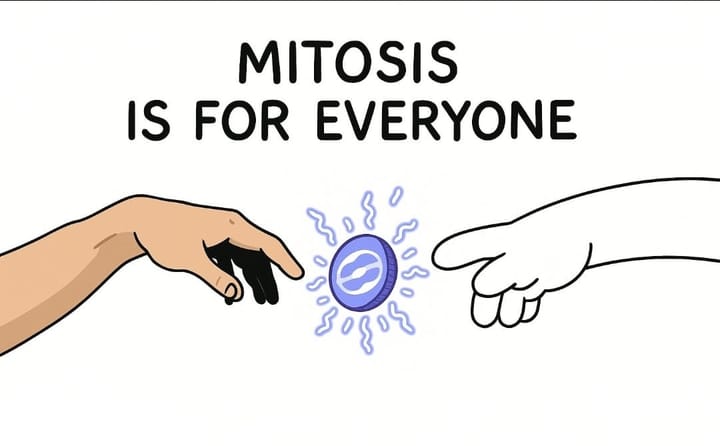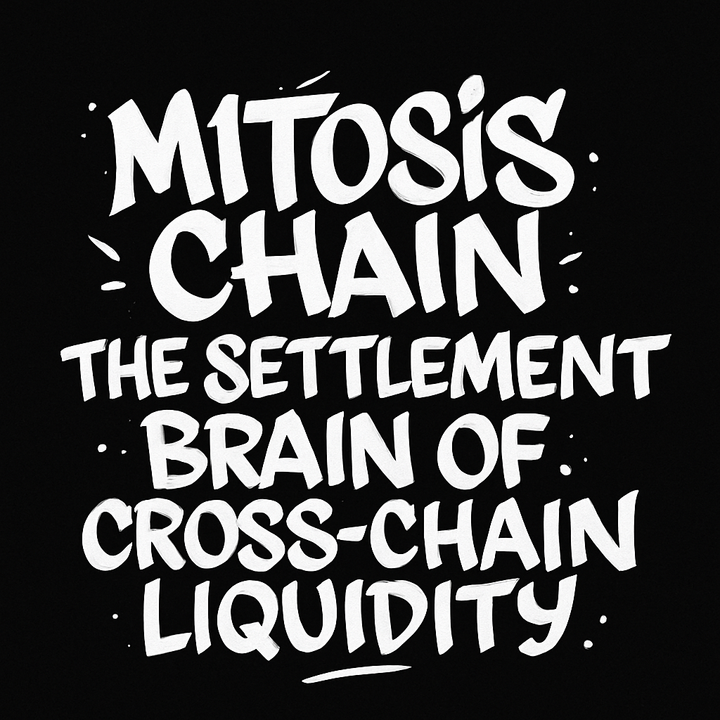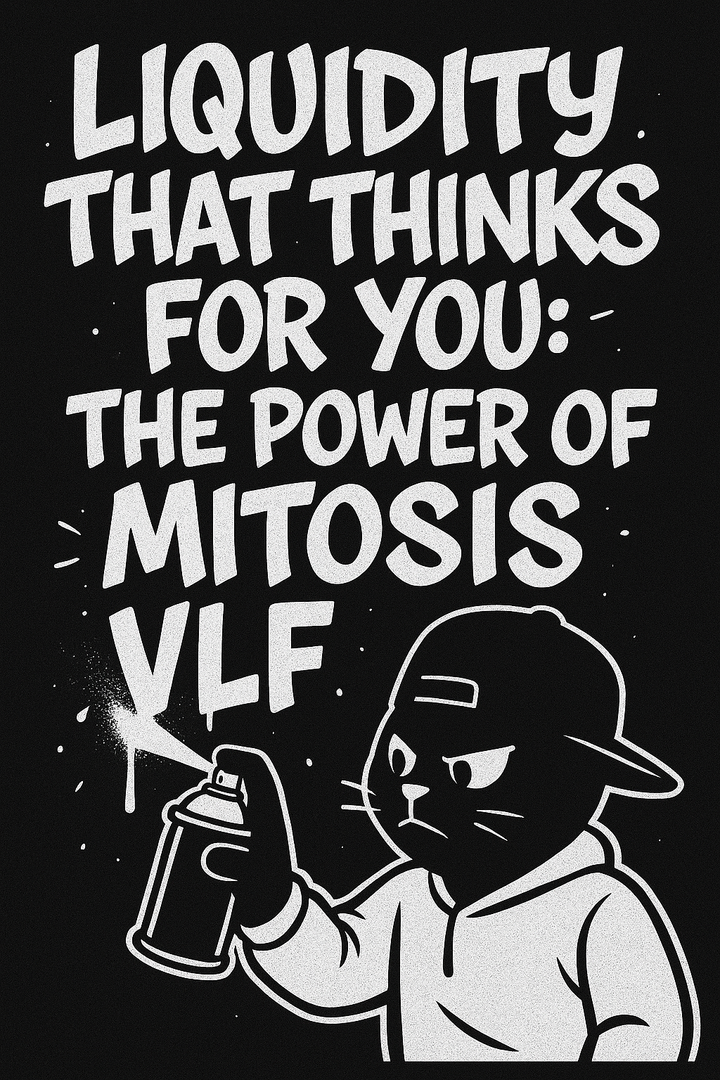MegaETH solution to Ethereum

As Ethereum faces increasing demand, the need for scalable, fast, and secure Layer 2 (L2) solutions has never been greater. Numerous projects are competing to solve Ethereum’s scalability challenges, but among them, MegaETH stands out as one of the most promising and innovative Layer 2 platforms available today.
In this article, we’ll explore why MegaETH is considered one of the best Layer 2 solutions, diving deep into its technical design, performance capabilities, and unique features that give it an edge over competitors.
The Layer 2 Challenge
Ethereum’s mainnet, while secure and decentralized, struggles with scalability. High gas fees and slow transaction times limit usability for many real-world applications, especially those requiring instant or near-instant finality, like gaming, finance, and AI-powered apps.
Layer 2 solutions are protocols built on top of Ethereum that aim to increase throughput and reduce costs by handling transactions off the main Ethereum chain while still benefiting from its security guarantees.

What Makes MegaETH Different?
While many Layer 2 solutions rely on established technologies like Optimistic Rollups or zk-Rollups with batch transaction processing, MegaETH introduces a fresh approach focused on real-time execution and massive scalability.

Here’s what sets MegaETH apart:
-Ultra-High Throughput: Over 100,000 TPS
MegaETH is engineered to process more than 100,000 transactions per second (TPS), dramatically exceeding most Layer 2 competitors. This immense capacity allows MegaETH to serve use cases that demand extreme speed and volume, such as:
- Large-scale gaming platforms processing thousands of player actions per second.
- High-frequency decentralized finance (DeFi) strategies.
- Real-time bidding and auction systems.
This scalability positions MegaETH not just as a “better Ethereum,” but as a platform capable of supporting entirely new categories of decentralized applications.
-Sub-Millisecond Latency for Real-Time Applications
Transaction speed matters, but latency [the delay between sending and finalizing a transaction] is critical for real-time apps. MegaETH’s architecture achieves sub-millisecond latency, meaning transactions confirm almost instantly.
Why is this important? Most Layer 2s have latencies ranging from one to several seconds, which can cause delays unacceptable in:
- Interactive gaming.
- Live auctions.
- AI-driven decision-making.
MegaETH’s near-instant execution unlocks possibilities previously limited to centralized systems, all while maintaining decentralization and security.
-Modular Node Architecture for Optimal Performance
MegaETH employs a modular node design dividing roles among sequencers, full nodes, and provers, rather than relying on monolithic nodes performing all tasks. This specialized approach enables:
- Faster transaction ordering.
- Parallel processing of zero-knowledge proofs.
- ncreased fault tolerance and network resilience.
This efficient division of labor within the network reduces bottlenecks common in other Layer 2 solutions, contributing to its high throughput and low latency.
-Built for Real-Time AI, Gaming, and Complex On-Chain Logic
MegaETH isn’t limited to simple token transfers. It’s designed for complex, real-time applications requiring instant responses and heavy computation, such as:
- On-chain AI inference for decentralized finance and insurance.
- Massively multiplayer online (MMO) games where every player action affects the game state instantly.
- Decentralized social platforms with live interactions.
MegaETH’s architecture is purpose-built for these demanding use cases, opening doors to new decentralized app experiences.
-Future-Proof and Scalable Ecosystem Potential
Currently MegaETH’s modular design allows it to evolve into a more autonomous platform, possibly becoming a standalone chain or hub for app-specific blockchains requiring real-time performance.
This adaptability means MegaETH can grow with future blockchain trends and application demands, making it a long-term contender in the scaling space.

How Does MegaETH Compare to Other Layer 2 Solutions?
Optimistic Rollups (e.g., Optimism, Arbitrum) focus on security but often have higher latency (seconds to minutes) due to challenge periods.
zk-Rollups (e.g., zkSync, StarkNet) offer great security and lower latency but currently operate at lower throughput compared to MegaETH.
MegaETH strikes a unique balance: ultra-high throughput, near-instant finality, strong security via zero-knowledge proofs, and modular architecture, making it a versatile platform for many use cases.
Real-World Impact: What MegaETH Enables
Consider some applications made possible by MegaETH’s strengths:
- Decentralized Exchanges with Instant Trades: MegaETH could host a DEX matching centralized exchange speeds but with full decentralization and transparency.
- Real-Time Gaming Economies: Games with thousands of concurrent players interacting and trading assets live, without lag or high fees.
- Live Data Feeds and AI-powered Smart Contracts: Insurance contracts automatically triggered by AI analyzing real-world data streams instantaneously.
CONCLUSION
MegaETH’s combination of 100,000+ TPS, sub-millisecond latency, modular design, and focus on real-time applications places it at the forefront of Ethereum Layer 2 innovation.

For developers and users seeking a future-proof platform ready for the next wave of blockchain applications, MegaETH is unquestionably one of the most promising Layer 2 solutions on the horizon.



Comments ()